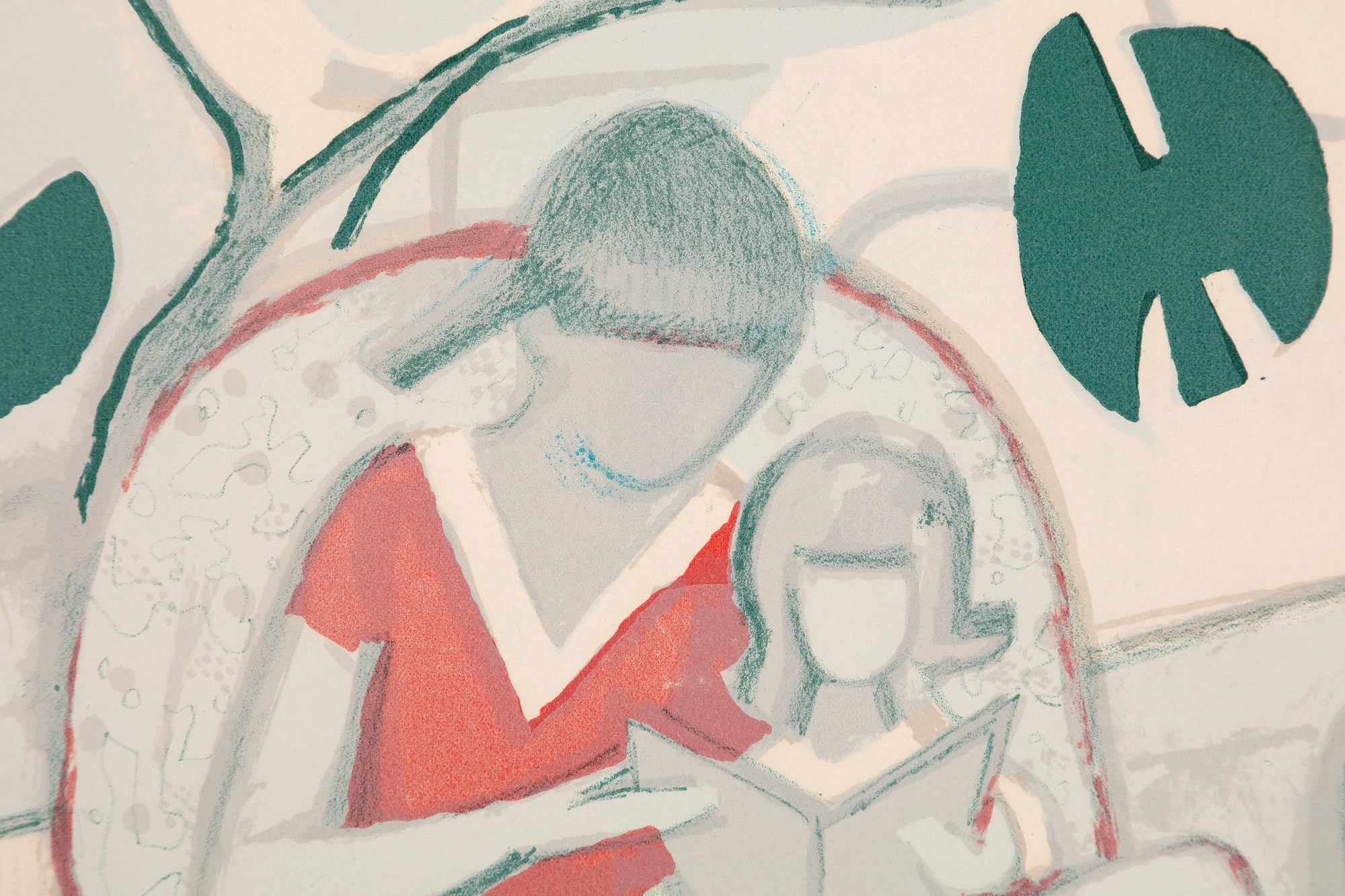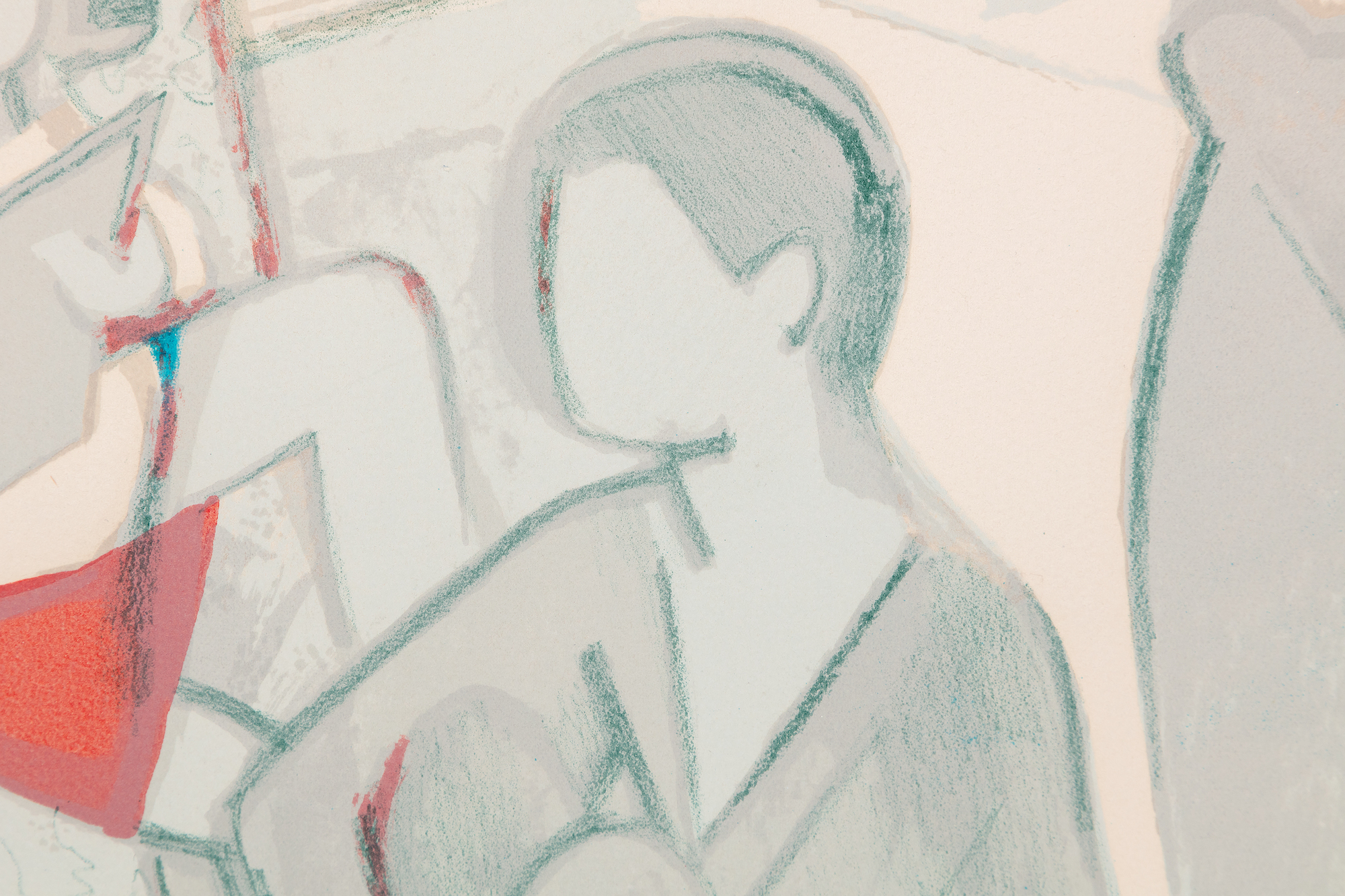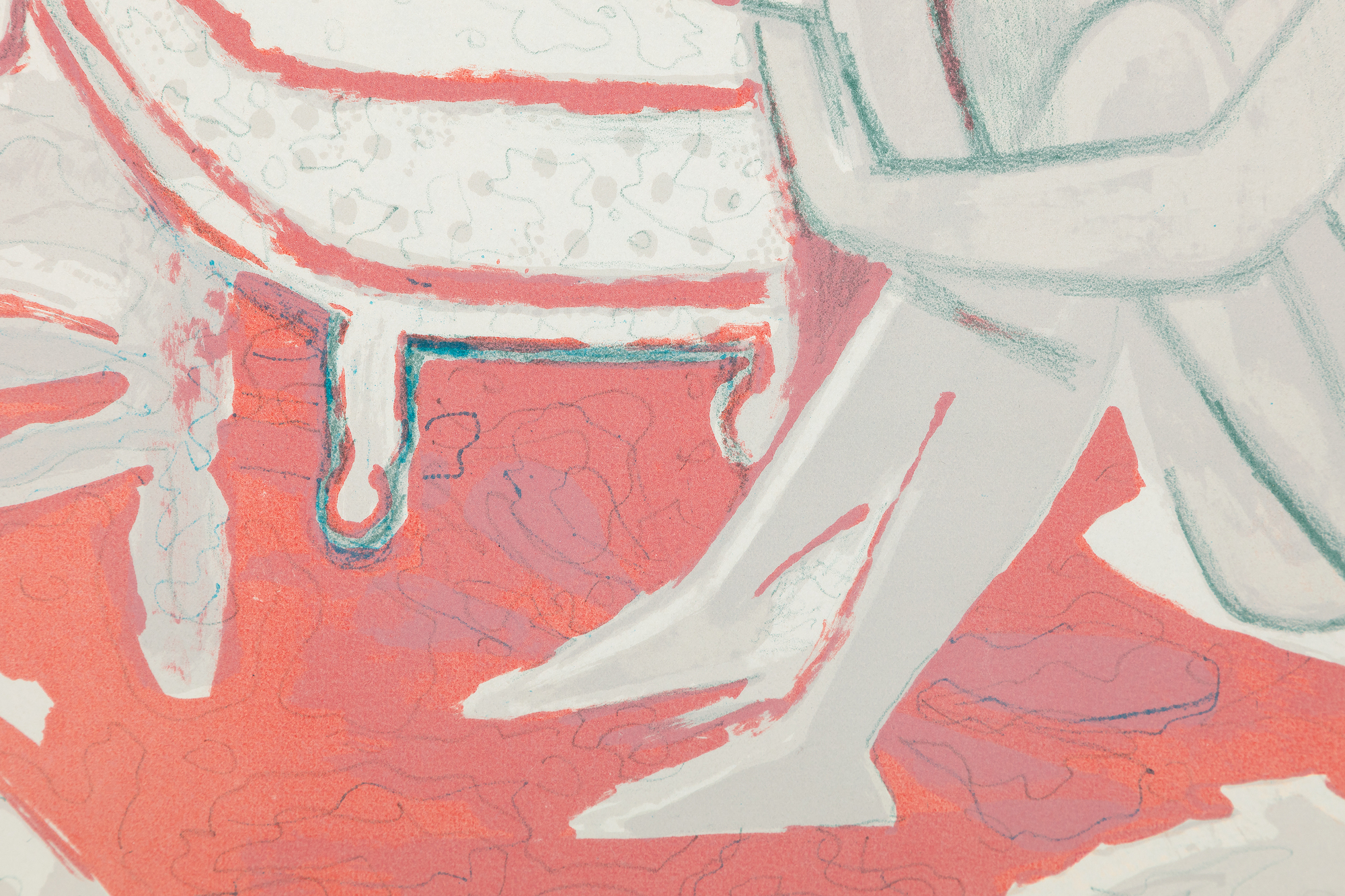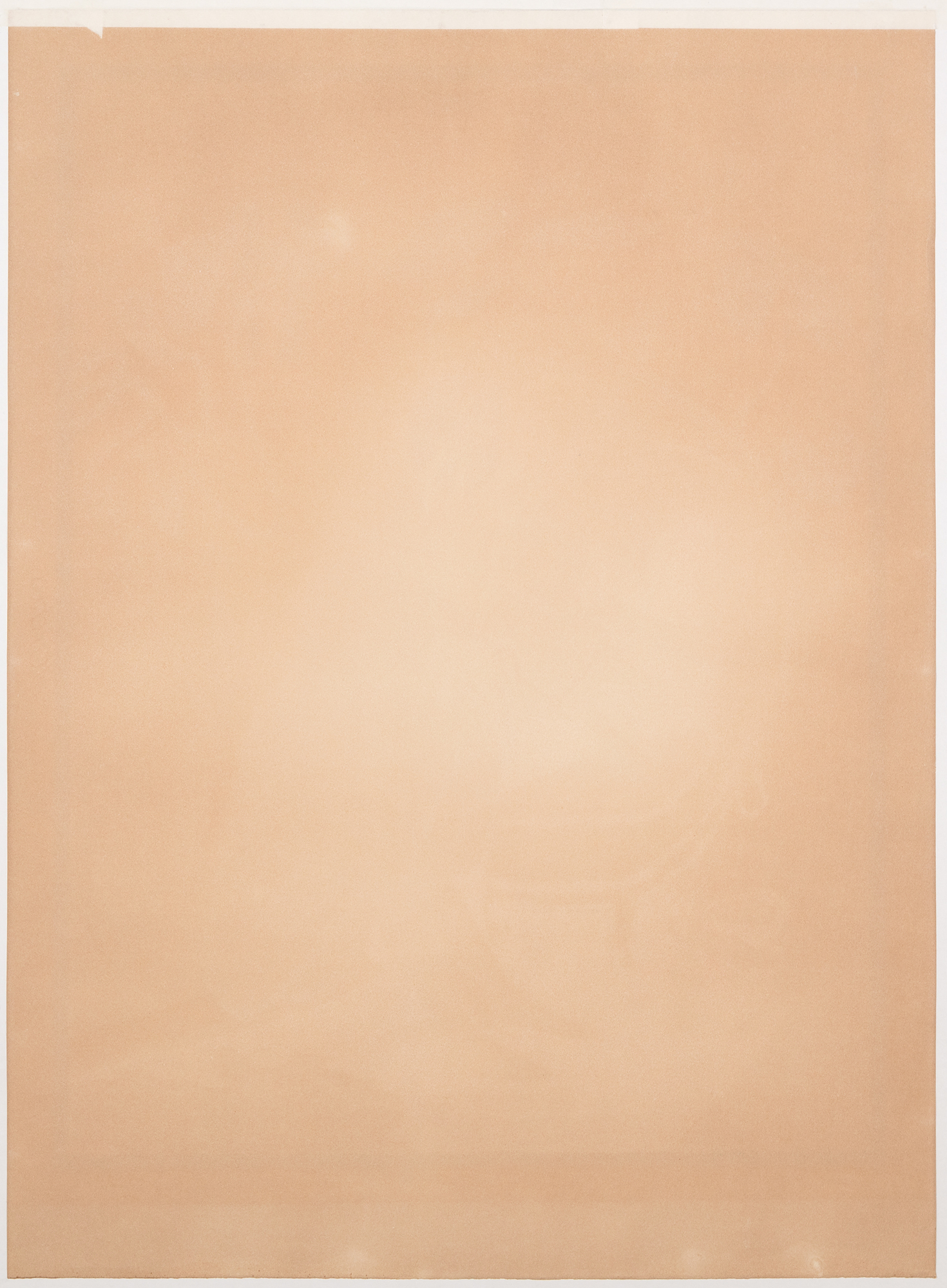HJ Art Advisory מספקת לוגיסטיקה מלאה בעת טיפול, שינוע ופיקוח על יצירות האמנות של לקוחותינו. הפיקוח שלנו כולל כל היבט של טיפול ביצירות האמנות. אנו מפקחים על כל שלב בתהליך עם הובלה, התקנה ואחסון של יצירות אמנות. אנו מייעצים ומסייעים בעיצוב מסגור, תאורה, דרישות אבטחה, שימור והערכת מצב.













